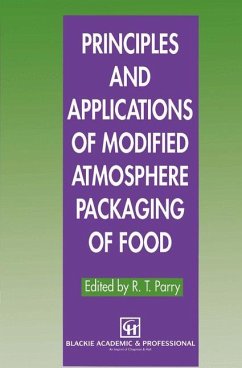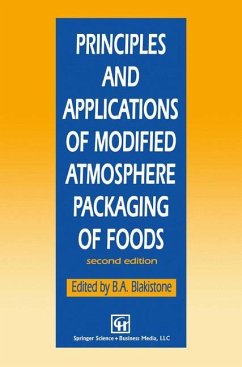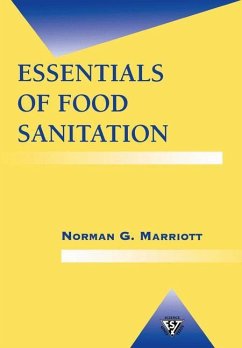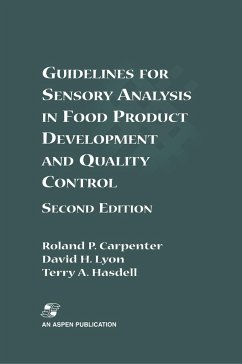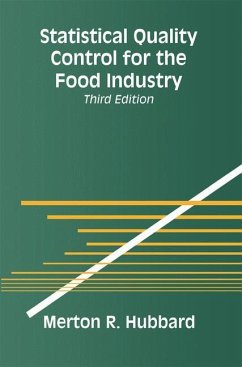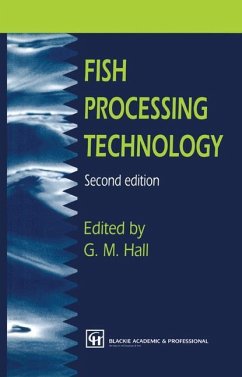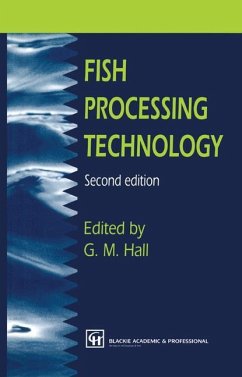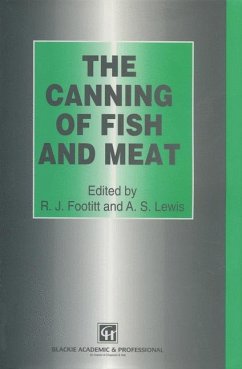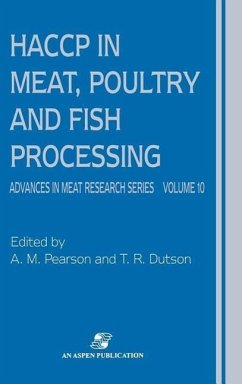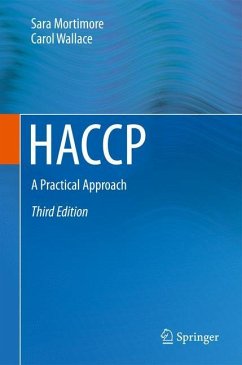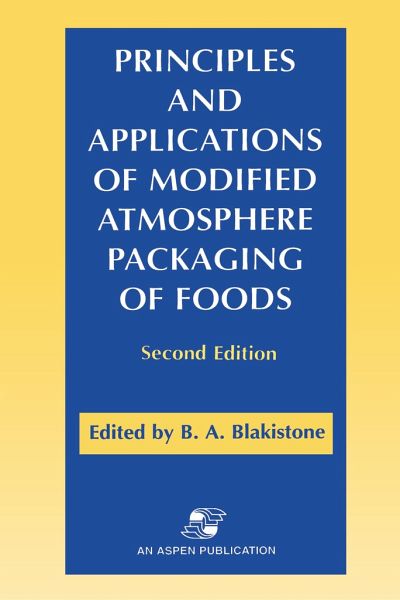
Principles and Applications of Modified Atmosphere Packaging of Foods
Versandkostenfrei!
Versandfertig in 1-2 Wochen
39,99 €
inkl. MwSt.

PAYBACK Punkte
20 °P sammeln!
Modified atmospheres are used to preserve foods without the need for unwanted preservatives. This book covers the subject from an industrial perspective and explains both how the technology works, and how it can be used. The editor and authors all have extensive practical knowledge of the subject and are world recognized authorities in the field. The new edition contains four new chapters and around 50% new material overall.





